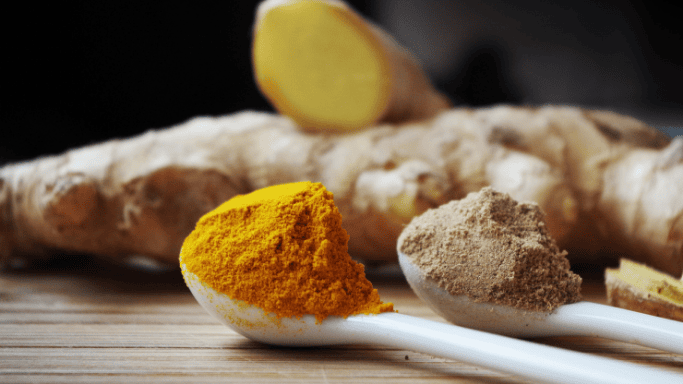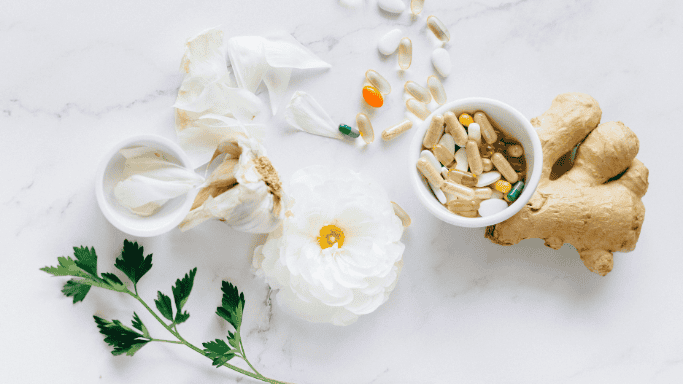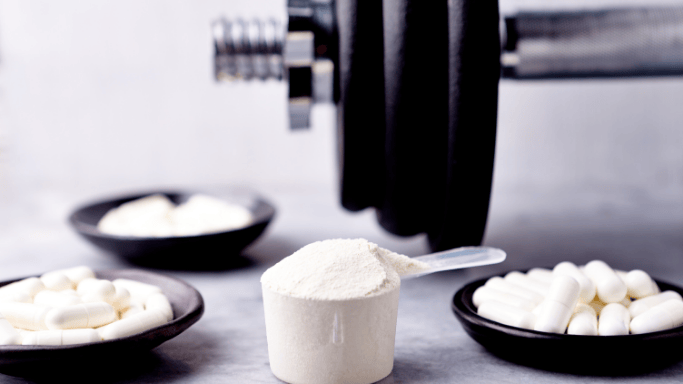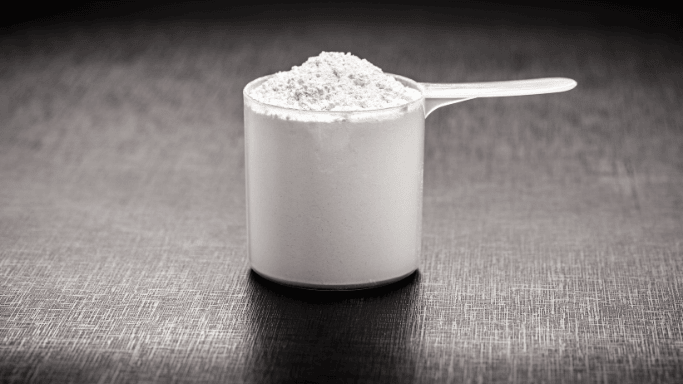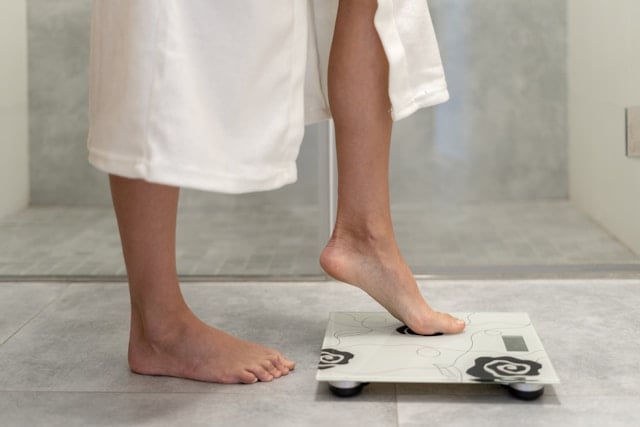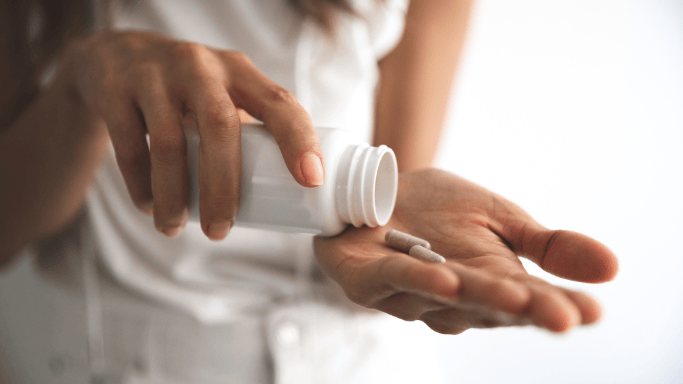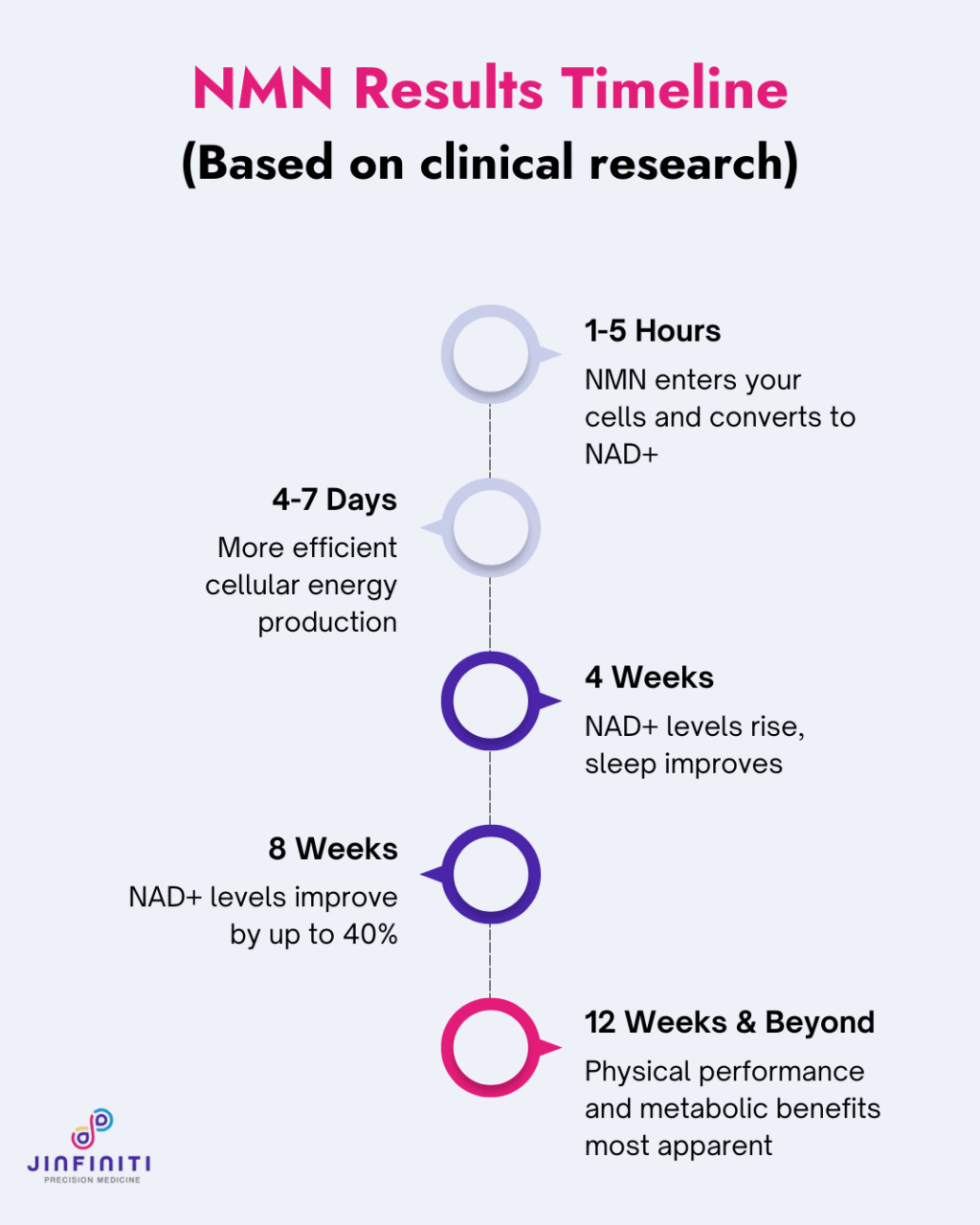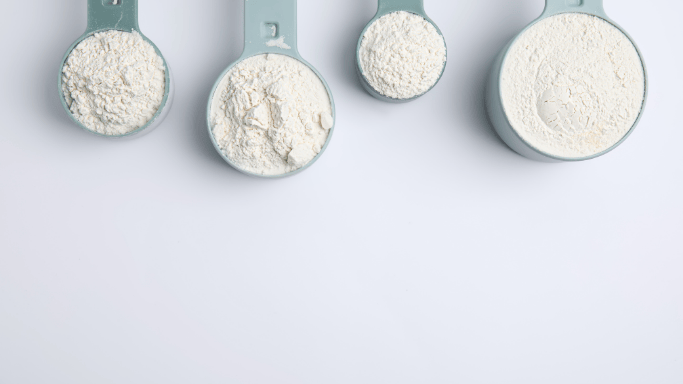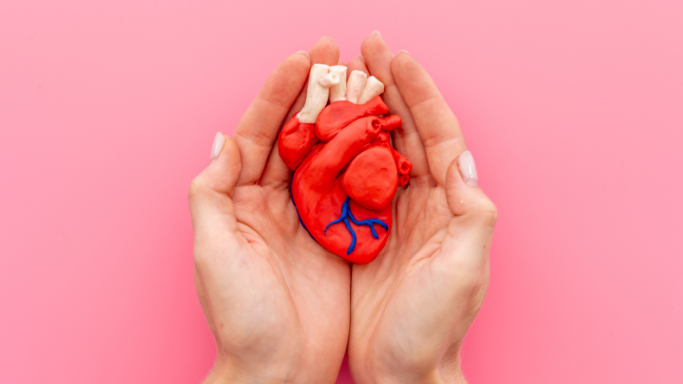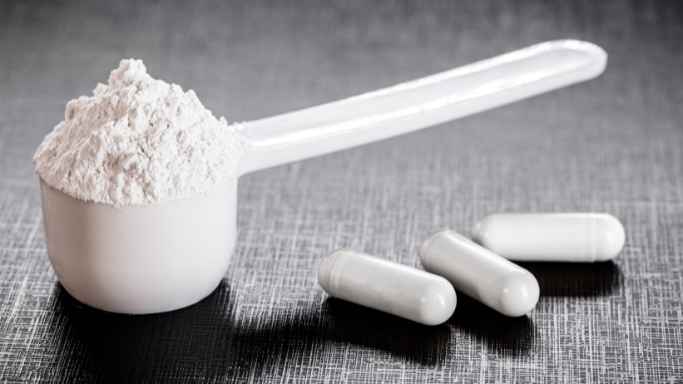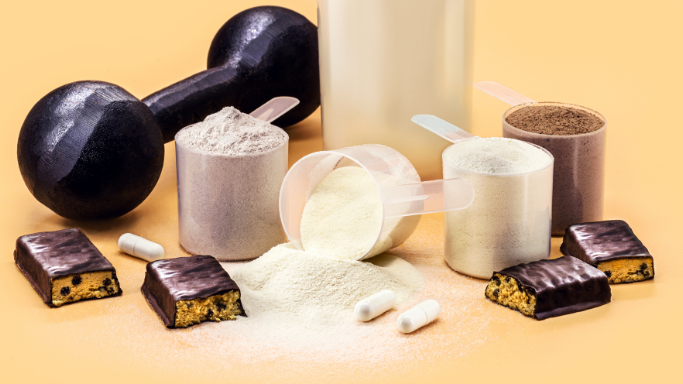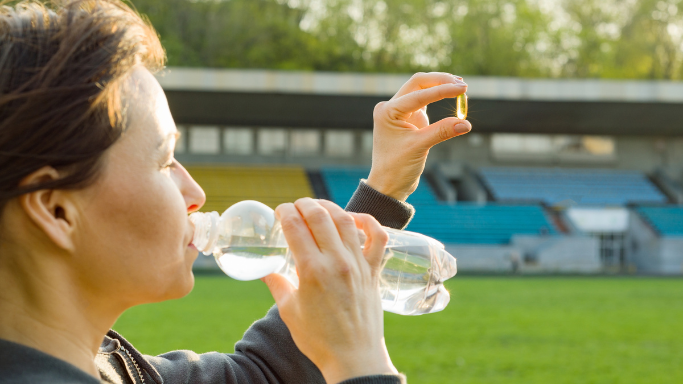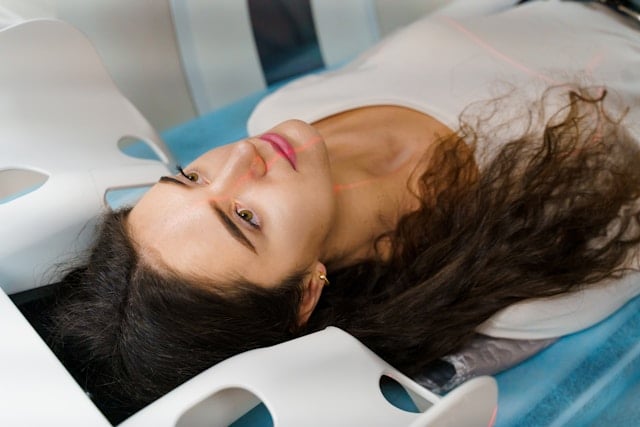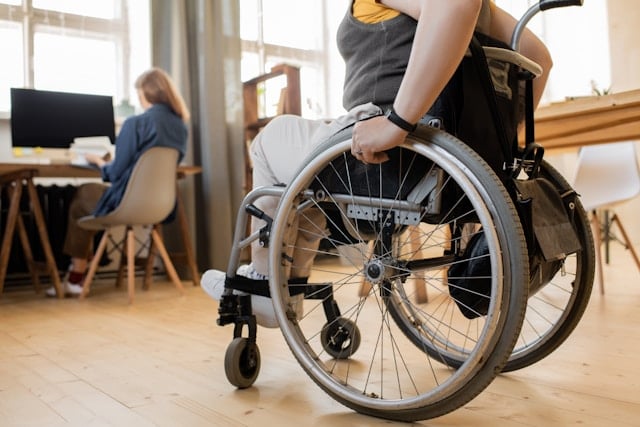NAD IV Therapy Benefits: Pros and Cons, Risks Explained
NAD IV therapy has become the latest wellness trend, promising everything from increased energy to anti-aging benefits.
But before you book that expensive treatment, you need to understand both the potential benefits and serious risks involved.
This guide examines what science actually says about NAD infusions, helping you make an informed decision about this controversial treatment.
Key Takeaways
- NAD IV therapy lacks FDA approval and has limited scientific evidence supporting its claims
- Common side effects include nausea, headaches, and muscle pain during lengthy infusions
- Oral NAD precursors may be more effective and safer than direct IV administration
- Testing your current NAD levels before treatment helps avoid unnecessary risks and costs
What is NAD IV Therapy?
NAD stands for nicotinamide adenine dinucleotide, an important coenzyme found in every cell of your body. This enzyme helps with cellular energy production, DNA repair, and metabolism.
As you age, your NAD levels naturally decline. This drop affects your cellular function and may contribute to age-related health issues.
NAD IV therapy involves receiving this coenzyme directly into the bloodstream through intravenous infusion. The treatment bypasses your digestive system, where oral NAD supplements would typically break down before reaching your cells.
Sessions typically last 2-6 hours and can cost hundreds to thousands of dollars per treatment. Practitioners claim IV delivery provides 100% bioavailability compared to oral supplements.
Benefits of NAD Therapy: What Supporters Claim

Wellness clinics make bold claims about NAD therapy benefits. Here’s what they promise:
Cellular Energy and Metabolism
Supporters say NAD infusions can boost your energy levels by improving mitochondrial function. Your mitochondria are the powerhouses of your cells, producing the energy you need for daily activities.
The therapy may enhance metabolism, helping with weight management and metabolic function. Some claim it improves physical performance and speeds up recovery after exercise.
Energy Claims Include:
- Increased cellular energy production
- Better ATP synthesis
- Enhanced physical stamina
- Faster workout recovery
Brain Function and Mental Clarity
NAD therapy supporters claim significant cognitive benefits. They say the treatment can improve mental clarity, focus, and memory.
Some practitioners suggest it offers neuroprotection against age-related brain decline. Others claim it helps with mood improvement, reducing depression and anxiety symptoms that can impact your overall quality of life.
Cognitive Claims Include:
- Sharper mental focus
- Better memory retention
- Improved mood stability
- Protection against brain aging
Anti-Aging and DNA Repair
Perhaps the most appealing claims center on anti-aging effects. Supporters say NAD can help slow down the aging process at the cellular level.
They claim the coenzyme activates genes that combat aging and helps repair damaged DNA. Some even suggest it can improve skin appearance by reducing fine lines and wrinkles.
Anti-Aging Claims Include:
- DNA repair activation
- Cellular regeneration
- Improved skin quality
- Extended healthspan
Types of NAD Treatment Options
You have several options if you’re considering NAD therapy:
| Treatment Type | Duration | Cost Range | Bioavailability Claim |
|---|---|---|---|
| IV Infusions | 2-6 hours | $500-$1,500 | 100% |
| Injections | 15-30 minutes | $200-$500 | 90-95% |
| Oral Supplements | Daily pills | $30-$200/month | 10-30% |
| Nasal Sprays | Few minutes | $100-$300 | 40-60% |
IV infusions remain the most popular option at wellness centers. However, other delivery methods may offer similar benefits with fewer risks and lower costs.
NAD Therapy Side Effects and Risks
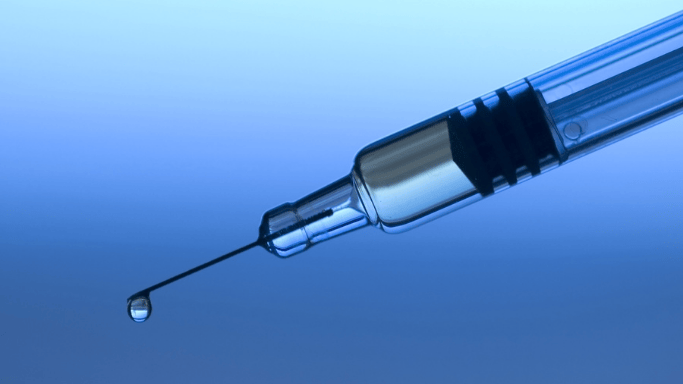
Despite marketing claims, NAD IV therapy carries significant risks that you should understand.
Common IV Infusions Side Effects
Most people experience some discomfort during NAD infusions. The slow vitamin therapy process often causes unpleasant symptoms.
During Treatment:
- Nausea and vomiting
- Headaches and dizziness
- Muscle cramping and pain
- Brain fog and fatigue
- Tingling sensations throughout your body
At Injection Site:
- Redness and swelling
- Pain and tenderness
- Risk of infection (rare but serious)
Serious Safety Concerns
The FDA has issued warnings about contamination risks with NAD injectables. Some compounders use food-grade rather than pharmaceutical-grade ingredients.
Severe adverse events have been reported, including:1
- Uncontrollable chills and shaking
- Severe vomiting requiring medical attention
- Extreme fatigue lasting days
- Endotoxin contamination from inappropriate ingredients
Drug Interactions
NAD IV treatments can interact dangerously with medications:
- Diabetes drugs (blood sugar control issues)
- Cancer treatments (may interfere with chemotherapy)
- Blood thinners (altered clotting risk)
- Antidepressants (mood medication interactions)
What the Science Actually Shows
Despite enthusiastic marketing, scientific evidence supporting NAD IV therapy remains surprisingly weak.
A 2020 systematic review found that only a small number of randomized clinical trials of NAD therapy have taken place.2 Most evidence comes from small case studies rather than rigorous research.
The results are described as “promising, yet still speculative” with more trials needed. Recent studies show that oral NAD precursors may actually be more effective than direct IV infusions.3
Dr. Michael Sagner of King’s College London has called direct NAD injection “completely idiotic from a biochemistry point of view” since NAD cannot easily cross cell membranes.4
NAD IV therapy is not FDA-approved for any medical condition. The treatment exists in a regulatory gray area, offered under “wellness” frameworks rather than medical approval.
NAD Infusion vs Other NAD Treatment Methods
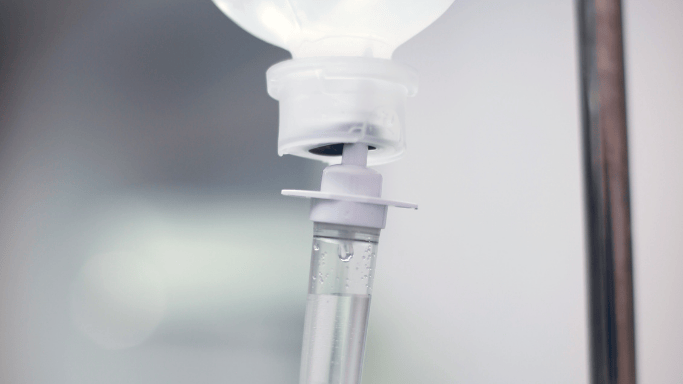
Before choosing expensive IV therapy, consider these alternatives:
Oral NAD Precursors
- Lower risk of contamination
- More convenient administration
- Better studied in clinical trials
- Significantly more affordable
Lifestyle Interventions
- Regular exercise naturally supports NAD levels
- Quality sleep supports cellular repair
- Stress management reduces oxidative stress
- Caloric restriction (the only proven longevity intervention)
Testing Your Levels First
Before spending thousands on IV therapy, shouldn’t you know if you actually need it?
The Intracellular NAD+ Test measures your baseline NAD status, giving you real data instead of guesswork.
This finger-prick test provides personalized dosage recommendations and lets you track your progress over time. It’s the smart way to approach NAD optimization using Jinfiniti’s proven “Test, Act, Optimize” methodology.
Learn More About NAD: Making an Informed Decision
If you’re considering if NAD therapy is worth it, take time to understand your options fully.
The science shows that NAD supplements vs IV therapy comparison isn’t as straightforward as clinics suggest.
Start with testing to understand your current NAD status. Many people assume they’re deficient without any actual data to support that assumption.
Consider safer oral alternatives first. The Vitality↑® NAD+ Booster provides a clinically validated formula with NAD precursors, creatine, and supporting compounds.
A Smarter Approach
Why guess when you can know for sure? The NAD Optimization® Starter Package combines testing with supplementation, following Jinfiniti’s proven “Test, Act, Optimize” methodology.
You’ll measure your baseline, supplement appropriately, then retest to confirm improvement. This data-driven approach eliminates guesswork and provides measurable results without the risks of IV therapy.
Questions to Ask Your Provider
If you’re still considering IV therapy, ask these questions:
- What’s your training and experience with NAD infusions?
- Where do you source your NAD, and is it pharmaceutical grade?
- What’s your protocol for managing adverse reactions?
- Can you provide peer-reviewed studies supporting your treatment claims?
- What follow-up testing do you recommend?
- How do you customize the treatment plan for individual patients?
The Bottom Line

NAD plays real roles in cellular function, and levels do decline with age. But the evidence supporting IV therapy isn’t strong enough to justify the health claims and costs.
The therapy might improve as research progresses. Right now though, the risks and costs outweigh the unproven benefits for most people.
Quality oral supplements, combined with lifestyle changes and proper testing, offer a safer path to NAD optimization.
Anyone considering NAD IV therapy should consult qualified healthcare providers, understand you’re trying an experimental treatment, and carefully weigh potential risks against uncertain benefits.
Your health deserves evidence-based decisions, not expensive experiments.
Referenced Sources:
- https://www.fda.gov/drugs/human-drug-compounding/fda-reminds-compounders-use-ingredients-suitable-sterile-compounding ↩︎
- https://www.mdpi.com/1424-8247/13/9/247 ↩︎
- https://www.medrxiv.org/content/10.1101/2024.06.06.24308565v1.full-text ↩︎
- https://www.theguardian.com/society/2025/feb/23/its-not-ethical-and-its-not-medical-how-uk-rehab-clinics-are-cashing-in-on-nad ↩︎


